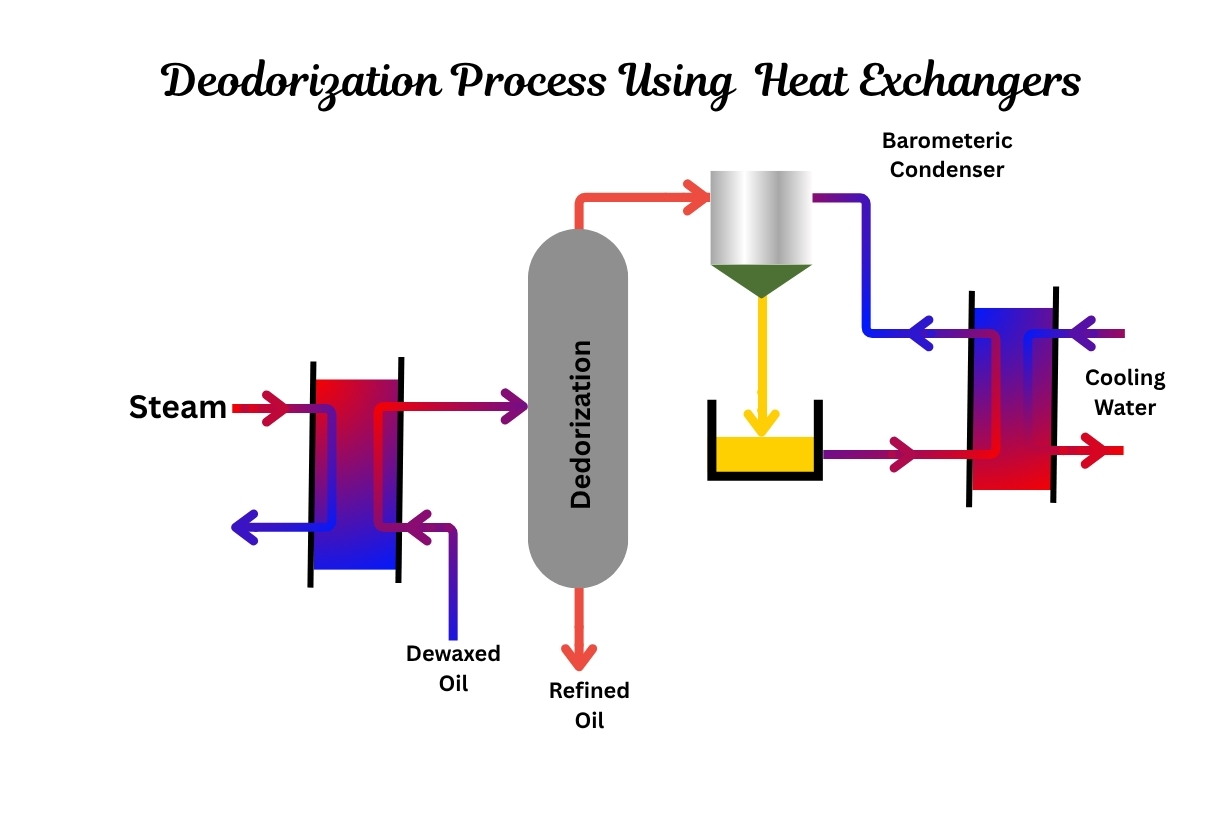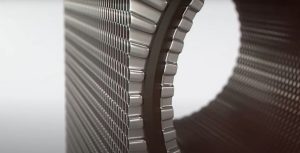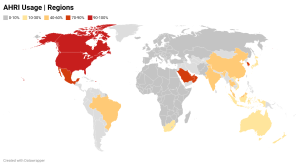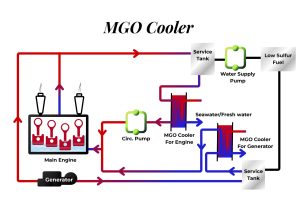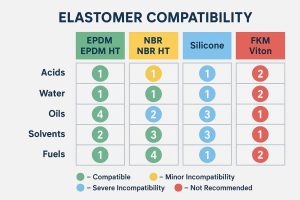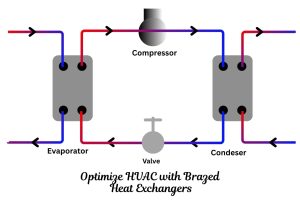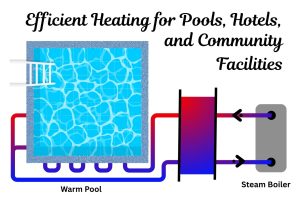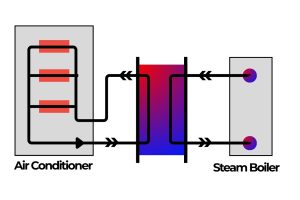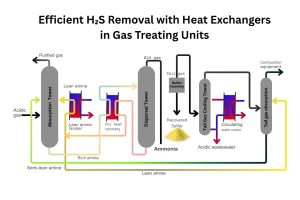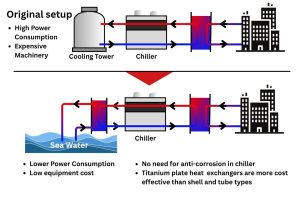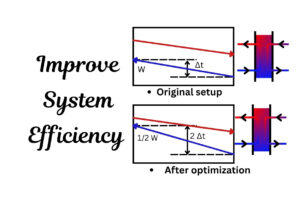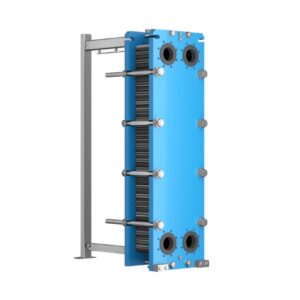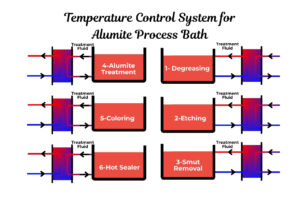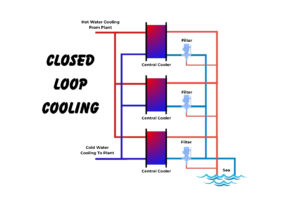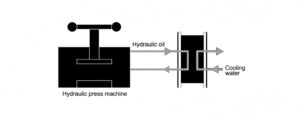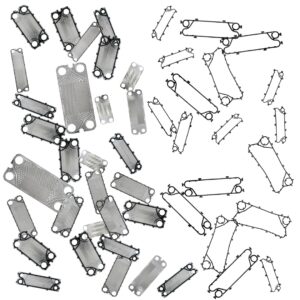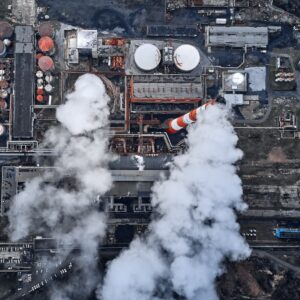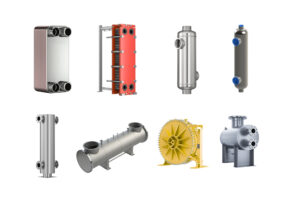The Importance of Heat Exchangers in Industrial Processes
Heat exchangers are the unsung heroes of modern industry, playing a critical role in processes ranging from HVAC to power generation and chemical manufacturing. As a leading heat exchanger manufacturer based in Turkey, Heating Formula specializes in designing and supplying high-performance plate heat exchangers (PHEs) and compatible spare parts for many of these applications. Our products are built to be interchangeable with other major brands like Alfa Laval, Sondex, APV SPX, Funke, Schmidt, Vicarb, Gea, and Tranter, offering seamless integration and superior performance.
A Historical Overview of Heat Exchangers
The concept of heat exchange is rooted in the fundamental principles of thermodynamics: energy cannot be created or destroyed, only transferred. In the late 19th and early 20th centuries, as industrial processes grew in scale and complexity, engineers began developing devices to manage this energy transfer efficiently. Early designs were often bulky and inefficient, but over time, innovations led to the compact, high-efficiency units we see today. The introduction of the plate heat exchanger in the 1930s marked a major turning point, offering a modular and highly effective alternative to the traditional shell-and-tube design.
What Is a Plate Heat Exchanger and Why Does It Matter So Much?
A plate heat exchanger consists of a series of thin, corrugated plates pressed together to form a plate pack1. These plates create channels through which hot and cold fluids flow in alternating paths, facilitating highly efficient heat transfer. The corrugations serve a dual purpose: they increase the surface area available for heat exchange and induce turbulent flow, which dramatically boosts the heat transfer coefficient, or U-value. In fact, plate heat exchangers can achieve a heat transfer performance three to five times higher than shell-and-tube units2.
For a deeper dive into the basic principles, read our article: What Exactly Is a Heat Exchanger and Why Does It Matter So Much?
How Do I Know if a Plate Heat Exchanger Is Right for My Application?
Selecting the correct heat exchanger is a crucial decision that balances performance, space, and maintenance considerations. You need to find a unit that meets your thermal needs, fits your physical space, and won’t be a nightmare to maintain3.
- High Performance and Efficiency: The corrugated plate design creates highly turbulent flow, which leads to a very high heat transfer coefficient. This translates to a smaller, more compact unit for the same duty compared to traditional shell-and-tube heat exchangers, reducing installation space to as little as 1/3 and weight to 1/104.
- Easy Maintenance: Plate heat exchangers are designed for simple disassembly. By loosening the tightening bolts, you can easily access and inspect each plate. This makes cleaning and replacing parts, like gaskets, a straightforward task without requiring specialized tools or heavy machinery. This ease of maintenance helps reduce downtime, a critical factor in any industrial setting. To understand the importance of regular upkeep, take a look at our Industrial Heat Exchangers – Buyer’s Guide.
- Modular Design: The flexible, modular nature of PHEs allows for easy adjustments to capacity. If your operational demands change, you can simply add or remove plates to scale the system up or down. This adaptability is a significant advantage over rigid, conventional designs.
- Cost-Effectiveness: Although the initial cost can sometimes be a factor, the long-term savings often make PHEs the more economical choice. Their high efficiency means lower energy consumption, while the use of less material (especially for expensive, exotic alloys like titanium) reduces overall cost. Our article on Why Plate Heat Exchangers Save Energy for Our Industry provides a detailed breakdown of these benefits.
Can Plate Heat Exchangers Handle Corrosive Fluids?

Yes, plate heat exchangers can be configured to handle a wide range of aggressive and corrosive fluids. The choice of plate and gasket material is key. Materials like titanium are a popular choice for their exceptional resistance to corrosion, especially in seawater applications6666. For other challenging media, high-nickel alloys such as Hastelloy C-276, Monel, or Inconel can be used. At Heating Formula, we offer plates in a variety of materials, including stainless steel, titanium, and high-nickel alloys, ensuring optimal performance and longevity even in the harshest environments. Our blog post on Titanium in Heat Exchangers delves deeper into this topic. For more details on material selection for highly corrosive applications, see Why 254 SMO Is the Heat Exchanger’s Champion for Corrosive Applications.
What is the Role of the Overall Heat Transfer Coefficient (U-Value)?
The Overall Heat Transfer Coefficient (U-value) is a critical metric in heat exchanger design. It measures how effectively a heat exchanger transfers thermal energy and is calculated using the following formula:
Q=U⋅A⋅LMTD
where Q is the rate of heat transfer, A is the total heat transfer area, and LMTD is the log mean temperature difference. A higher U-value means a more efficient heat exchanger, capable of achieving the desired heat transfer with a smaller surface area. This is precisely where the corrugated plate design of PHEs shines, as it creates high turbulence and a large surface area, resulting in a high U-value. Understanding this coefficient is essential for accurate sizing, as explained in our guide: Understanding the Overall Heat Transfer Coefficient (U-Value).
Is It Possible to Upgrade My Existing Heat Exchanger?
Our blog post, Top Heat Exchanger Trends Shaping 2025 and Beyond, highlights that a PHE’s modular design makes upgrading or resizing a straightforward process. You can increase capacity by simply adding more plates without needing a completely new unit or significant piping modifications. This flexibility is not an option with traditional shell-and-tube exchangers and is a major factor in reducing long-term costs. When considering an upgrade or replacement, consult a specialist to ensure the new unit is correctly sized for your current and future needs.
FAQ Section
Q: How can I size a plate heat exchanger correctly?
A: Proper sizing is crucial for efficiency and cost-effectiveness. It involves defining your target temperatures, flow rates, and operational limits. You can use our online Heat Exchanger Calculator for preliminary sizing, but we highly recommend consulting with our technical experts to ensure a perfect match for your specific application. Our guide, Essential Steps for Accurately Sizing a Plate Heat Exchanger, offers a comprehensive overview of this process.
Q: What are the key maintenance procedures for a PHE?
A: Routine maintenance for PHEs includes cleaning the plates, inspecting and replacing gaskets, and checking for corrosion or other physical damage. The modular design makes this process easy to perform. For more information, please refer to our maintenance guide or contact our Spare Parts team.
Q: What happens if my gaskets fail?
A: Gaskets are consumable parts that can deteriorate over time due to age, high temperature, or exposure to aggressive chemicals. If a gasket fails, fluids may leak, reducing efficiency and potentially leading to a system shutdown. In many PHEs, a double-seal gasket system is used to prevent inter-mixing of fluids in the event of a leak, allowing for external detection and safe shutdown. Replacing gaskets at recommended intervals can prevent such failures.
Q: Can I use a plate heat exchanger with different fluid types?
A: Yes, the flexibility of PHEs allows them to handle various fluid combinations. However, the plate and gasket materials must be compatible with both fluids to prevent corrosion or material degradation. It’s crucial to provide a full media and water quality report to your supplier before purchase to ensure the correct material selection.
Q: Why should I choose Heating Formula over other manufacturers?
A: As a manufacturer and supplier of plate heat exchangers and compatible spare parts, Heating Formula offers high-quality products that are fully compatible with major brands like Alfa Laval, Sondex, APV SPX, Funke, Schmidt, Vicarb, Gea, and Tranter. Our expertise, high-quality components, and customer-focused service ensure you get the best solution for your needs.
